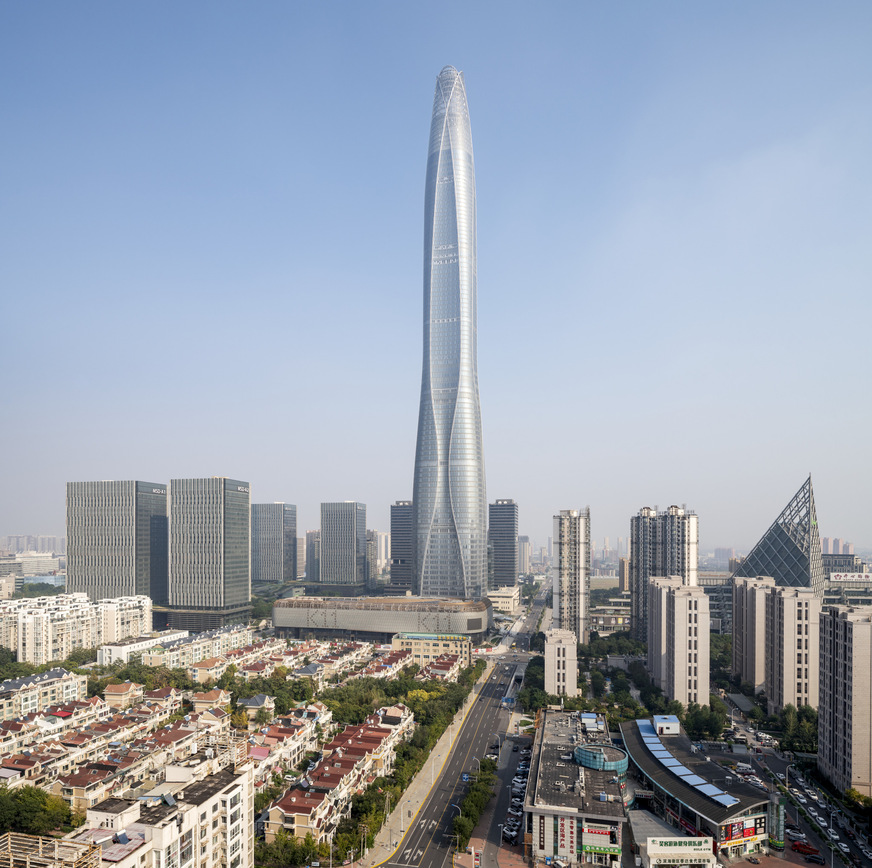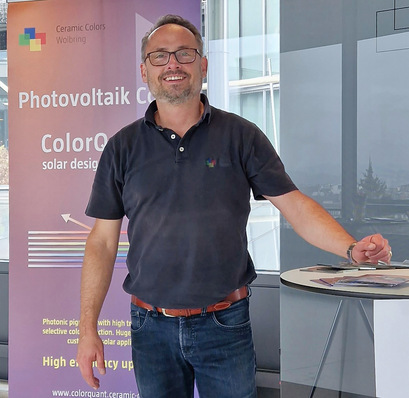The new glass tower features a beautiful, fluid lyrical shape and a highly efficient and functional all-glass design. The unconventional, rounded shape of the building required a very elaborate glass curtain strategy. Plus, the client’s requirement to use flat glass was adding to the complexity, where hot-bent or cold-bent glass would be considered the easiest for creating such designs.
[What balcony glazing and a glass facade can do for energy efficiency]
To accommodate the challenge, staggered glass panels were used with make-up aluminium pieces added to the mullion system and metal frames – each element of the highest quality. China’s largest glass manufacturer the CSG Holding provided all flat glass panes for the building’s façade. Approximately, 476 unique glass panels, processed using Glaston’s technology, were delivered for the project.

SOM Tianjin CTF / Seth Powers
Positive environmental impact
Brian Lee, Consulting Design Partner at SOM (Skidmore, Owings & Merrill LLP), who led the skyscraper architectural design concept, comments: “At this particular building the focus was on an efficient, sustainable design concept for the exterior. We utilised a high-performing, double-glazed insulating glass unit with low-E coating and incorporated an insulated panel between each glass, thereby reducing the percentage of vision glass, cutting heating and air-conditioning costs.”
[Glaston puts the new operating model into practice]
The glass industry is continuously looking for ways to increase building performance. In cold climates, for example, triple-glazing can be applied successfully. And the solar gain in a building with a glass curtain wall of almost 90% glass can be used to produce the heat in a heating-dominated climate. Plus, it is possible to have a very high percentage of insulation in these buildings. Therefore, high-performance glazing offers a massive potential for energy savings and CO2reductions.
Update: You may find this recently published video by the The B1M Youtube channel interesting:













